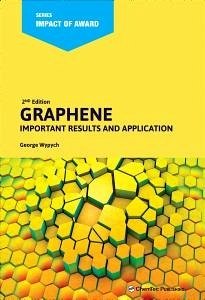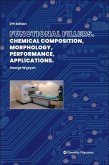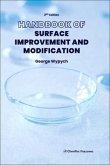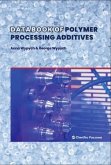This new edition of Graphene - Important Results and Applications provides a succinct and informed overview of this innovative material, its history and development, applications, future prospects, and challenges. The book is designed for use by anyone interested in seeing the full range of results and applications of graphene. The 2nd revised edition was updated and expanded with all the latest developments in this exciting field. Potential applications of graphene are the subject of many papers. On ScienceDirect alone, over 37,000 papers were published in 2022 (compared with over 12,000 papers published in 2016) when the previous edition was published. Also, the number of patents dramatically increased. The main subject of the book is an extensive account of up-to-date findings in methods of production of graphene and its derivatives, commercial manufacture of graphene, research results, and data on properties of graphene, graphene dispersion, chemical modification, and the most recent developments in various applications of graphene. Fifteen groups of production methods of graphene and its derivatives are discussed in length, providing how-to-do and what-to-expect analysis and comparison of potential properties of the resultant products. Some of the methods are unique to graphene manufacture, but others already existed and were adapted to use in graphene manufacture. Chapter 4 contains a short review of the capabilities of the significant graphene manufacturers from several leading geographical locations. The properties of graphene and its derivatives are already quite well investigated, and they are the subject of Chapter 5. Discussion topics are grouped into 15 sections each devoted to different characteristic properties of graphene which make it so useful in various applications. Chemical modification can change many properties of graphene, and this is discussed in Chapter 7. Dispersion of carbon-based fillers is always the primary problem and factor of their performance. In the case of graphene, three significant factors affect its dispersion namely, its hydrophobic nature, the tendency to re-agglomerate, and the 2D very elastic structure of particles. The effect of these and other factors and methods of effective dispersion are the main points of discussion. Twenty-three groups of products in which graphene or its derivatives can be used are discussed at length in Chapter 8. This chapter is full of ideas for new product development and possible improvement of existing products. This chapter, like other chapters, is generously illustrated with examples that may help in finding creative applications. More information on the book's composition can be found in the detailed table of contents. The book begins with an analysis of the impact of the Nobel Prize on the development of interest in graphene and compares the justification of the Nobel Prize Committee with actual developments in its science and technology. In Chapter 1, the announcement of the Nobel Prize Committee is analyzed to list the most important reasons for the selection of the topic of the Prize. In Chapter 2, the effect of the Nobel Prize on the development of graphene technology is analyzed based on the frequency and geographical spread of publications and patents in the years prior to and after the Prize was awarded. Also, topics of publications are examined by comparing their frequency before the Prize with current research.
Hinweis: Dieser Artikel kann nur an eine deutsche Lieferadresse ausgeliefert werden.
Hinweis: Dieser Artikel kann nur an eine deutsche Lieferadresse ausgeliefert werden.









